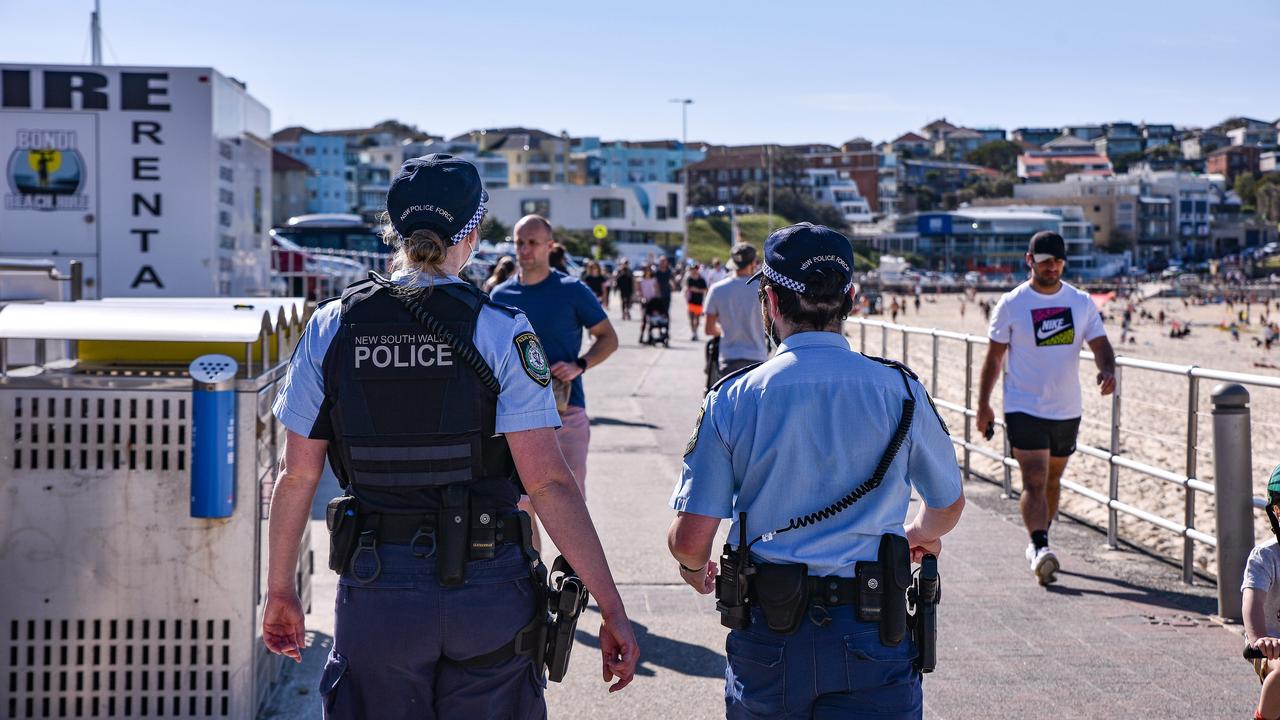After the floods, a new wave of turmoil
ONLY now is the real story emerging of what happened in Grantham on January 10.

ONLY now is the real story emerging of what happened in Grantham on January 10, when Queensland's summer of sorrow reached out and smashed the town with an "inland tsunami".
Witness statements presented to the commission of inquiry into the floods disaster provide fresh and gripping insight into that deadly day, west of Brisbane.
At least nine people from Grantham were killed by the churning wall of water that burst out of Lockyer Creek. More than 100 homes were damaged, a fifth of them beyond repair, leaving few of the town's 400-odd residents unscathed.
"We thought . . . we were going to die," said Kathy Mahon, recounting her family's ordeal.
"We all said the Lord's Prayer."
Survivor accounts such as those of Ms Mahon, form part of the body of evidence to be weighed by the head of the inquiry, Supreme Court judge Cate Holmes.
They are also a poignant lead-in to the 100-day way point, on Wednesday, since the Lockyer Valley and range-top Toowoomba were struck by flash floods that preceded the inundation of Ipswich and Brisbane.
On the weekend, as Ipswich Mayor Paul Pisasale warned that many victims were set to hit "rock bottom" over Easter, Premier Anna Bligh appealed to banks to have a heart and extend mortgage and loan repayment holidays.
The 100-day marker is ominous for single-mother Taliesha Strathie, 24, who has been living rent-free in nearby Gatton with her daughters, Khalia, 6, and Nekeisha, 4, since her home in Grantham was wrecked.
The three-month deal is about to run out, and Ms Strathie doesn't know where she will go with the girls.
"Well, to be honest, we're actually having a pretty rough time at the moment," she said.
"It looks like we might have to move again."
Robert Punfrey, 63, is struggling to meet a deadline from the local council to clear his property in Grantham of debris by Friday week.
Three of his neighbours died on January 10, and he is working frantically to get the huge job done by himself.
"You just have to get on with it," he said yesterday, taking a break from the back-breaking job.
Jim Wilkin's account vividly evokes the shock and chaos that overwhelmed Grantham, a few hours after Toowoomba's CBD was struck by a similar flash flood .
"The water was 2m high and brown like a chocolate milkshake," Mr Wilkin, 32, said in his submission to the inquiry.
"It was full of logs and even cars. I could not tell how broad it was from where I was standing. It was travelling real fast, maybe 60-70km/h.
"I was worried that I was in some real trouble."
Mr Wilkin jumped into a four-wheel-drive with his brother, Rob. People were running to the railway bridge over Lockyer Creek, which offered a temporary refuge. The brothers got through to Rob's house, and frantically hooked up his boat and trailer. But they were caught by the rising water.
"At this time I thought that the water was too strong and that we were going to die," he said.
They got the boat unstrapped and launched, and Rob fired up the engine with Mr Wilkin in the passenger seat, alongside Marcus Cassilino, who they had rescued.
They saw four people clinging to a fence post about 30m away.
"They were all holding on and the post was bending under the strain," Mr Wilkin said.
"Rob steered us towards the people and had the boat at full power, but we hardly moved forward. After a couple of minutes we got close and saw that it was Brendan Keep, his mother, Natasha Keep, and her husband.
"I pulled Brendan into the boat and dodged some cars. We powered back and picked up their mum. At that time the engine light came on. Rob turned the boat off and the board floated against the raised railway line."
They were forced out of the boat and as Mr Wilkin ran past a house in Railway Street, he spotted two elderly people pleading for help from a cream-painted Queenslander home.
At the intersection of Nicholls Street, Gilbert Kilah and two young girls were on the roof of their vehicle, being washed along by the torrent. A man was desperately clinging to a tree near the railway lines. Then the clothed body of a person surged by in the water; Mr Wilkin could not tell who it was.
The Kilahs' car hit a power pole, throwing Mr Kilah and one of the girls into the water. The other child, still on the roof, was close enough to the railway bridge to be hauled to safety.
"I didn't see Gilbert or that girl after that," Mr Wilkin said.
By now, Ms Mahon, 57, was fighting for her life in her family's flooded farmhouse on Charles Road, outside the town. Sofas in the living room were being lifted by "boiling" water.
She and her husband, John, were standing on chairs. Their adult daughters Jessica and Andrea, and Andrea's two boys, Liam and Lachlan, were on the kitchen bench. The water rose relentlessly to their chests.
"We thought, at that minute, we were going to die," Ms Mahon said. "We all said the Lord's Prayer . . . We all said goodbye to everyone in the house because we thought that was going to be the last time together."
Then the glass sliding doors in the next room burst, and they had their way out. Jessica climbed up the pool gate, on to the patio roof, and helped pull the boys up one by one. Andrea and Ms Mahon followed, worrying that it wouldn't be able to hold the weight.
John was trying to wrestle the outdoor table across, to get himself up to the roof, when a big brown snake floated by on a bale of hay. He was holding on to the gutter as the water surged higher.
"The girls were screaming at me to get higher . . . but I wanted to stay and make sure John was going to get up on the roof," Ms Mahon said. Finally, he did.
Mr Wilkin had his hands full: he had his two little nieces in his arms, and was carrying them through knee-deep water, towards the safety of the school.
He could hear cars being sucked beneath the railway bridge that was now submerged by the flood: the noise was like "crunching metal," he said.
He shouted for help to a group of people in Victor Street. Andrew and Craig Smith, and a third fellow, waded into the water.
"We crossed one last deep ditch of water and got on to Victor Street, near the school," Mr Wilkin said. "I stopped for a minute and looked back at the railway bridge and saw a male and female running towards us. The water was three-quarters of a metre over the railway bridge. Rob and I ran back into the water and helped them to safety. They told me they were driving from Brisbane to Toowoomba when they got washed out of their car and on to the railway line."
The flood was "roaring like a jet engine", but Mr Wilkin said he finally "breathed a little easy". Help, at last, was at hand.
"It was getting dark and I could hear helicopters everywhere," he said.
But the danger was not yet over for Ms Mahon and her family.
The girls were screaming that they all had to get higher, but John was still clinging to the guttering, struggling to pull himself up.
"I heard a helicopter and told the boys that the helicopter was coming for us," she said.
"It ended up being a news helicopter. It circled a couple of times. The fourth chopper we saw was a red chopper and we knew it was a rescue chopper.
"The chopper just came in. The fella was being lowered as the chopper was getting closer. He was three-quarters of the way down and coming very fast."
Finally, they were safe.
After sitting in Brisbane last week, the floods inquiry moves today to Toowoomba.
Additional reporting: Jared Owens




